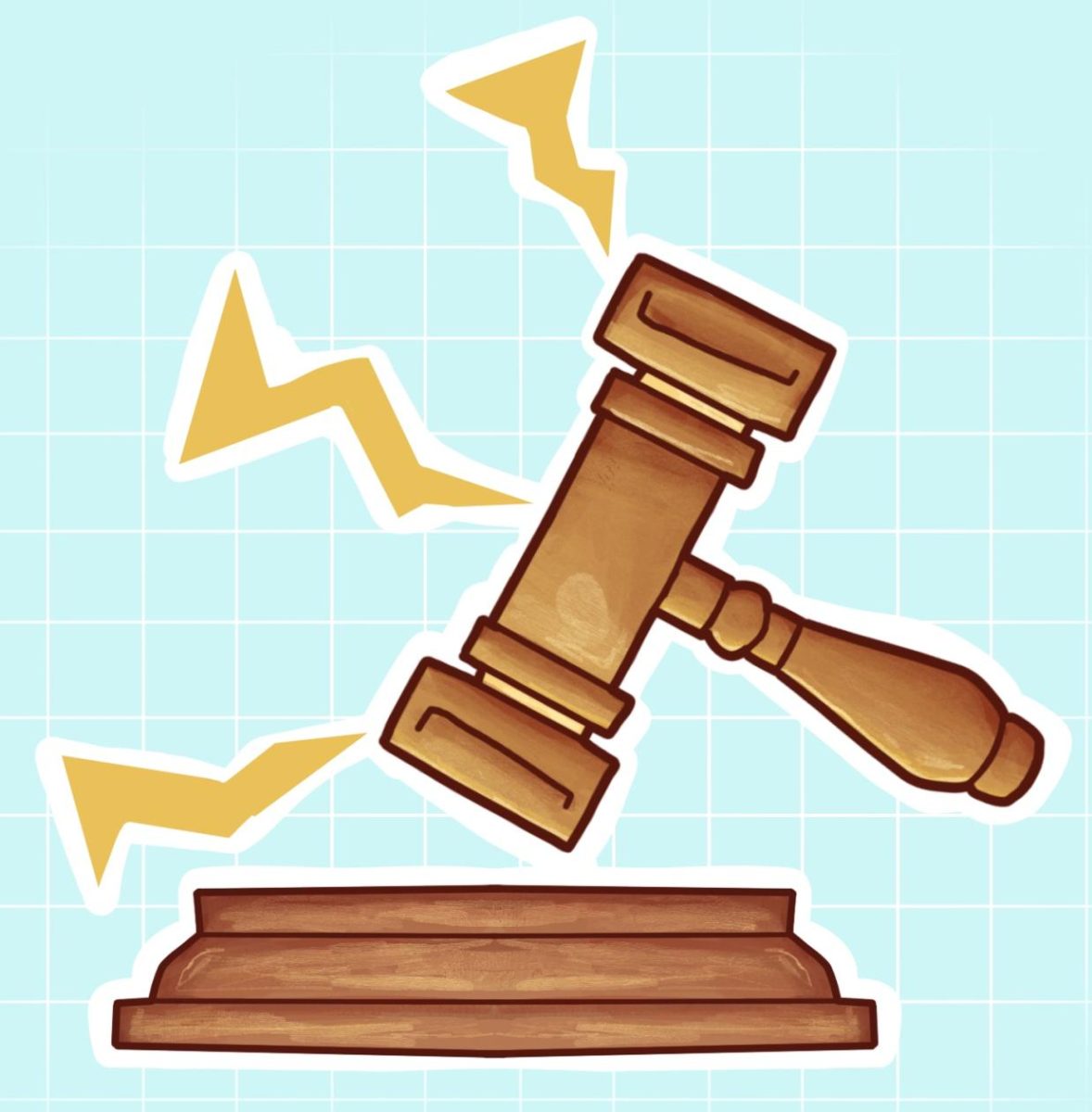According to a survey by the Pew Research Center, 37% of adults under 30 regularly got news from social media. Among high school students, this number is likely as large or larger. In the days before the Nov. 5 presidential election, social media content on the election was prevalent, with both Republicans and Democrats using sites like TikTok and Instagram to obtain the support of younger voters. With Donald Trump’s victory over Kamala Harris as president-elect, online discourse has continued on both sides. This means most McKinley students have probably seen posts on the presidential candidates and election results online, and for those who are otherwise not very interested in politics, social media might be their main source of information on the election.
Viktor Cambe (c/o ‘26) said nearly all the information he saw about the election was on social media. Cambe said he believes social media has caused people to be more inclined to believe one thing or another, preventing them from forming their own nuanced opinions. He also said he feels it has influenced the candidates people vote for depending on the part of the internet they are on. Cambe said the internet has two sides, one good and one bad, and that the two sides can come together with one side leading to the other.
“The internet is like a horseshoe. Brainrot media [can be] a quick push into alt-right politics if people aren’t careful. It’s a very slippery slope,” said Cambe.
McKinley Social Studies teacher Rajani Dhakhwa Morita agreed that social media significantly impacted young voters’ decisions at the poll. Dhakhwa Morita said she thought the use of social media to get election information could be both a good and a bad thing for students, because although it allowed students to access a lot of information, she also felt students needed to be able to filter through the information they see.
“A lot of information has come in the form of entertainment, and sometimes that information can be misleading,” said Dhakhwa Morita.
The content that shows up on a person’s social media feed is controlled by algorithms that rank content by how likely the user is to interact with it. User interaction such as liking, sharing, saving, commenting, or viewing a profile is an important consideration for algorithms in creating their users’ feeds.
A common concern about social media algorithms is that they control the information shown to users, and often prioritize content that makes revenue while hiding or “black-listing” other information, causing gaps in coverage. For these reasons, content on social media may frequently be shown to users based on how likely they are to interact with it regardless of its validity. In addition, according to a study by The Free Press, nearly all social media companies have stopped committing to promises made after the 2020 election by getting rid of policies created to control the spread of election misinformation. This means posts that cause shock, outrage, or disbelief and attract many interactions get pushed to people by social media algorithms. This can increase the reach of misinformation and conspiracy theories, and election-related misinformation may affect the vote of people who see and believe them.
“I think both students and adults need to continue to learn how to separate entertainment and information,” said Dhakhwa Morita.











